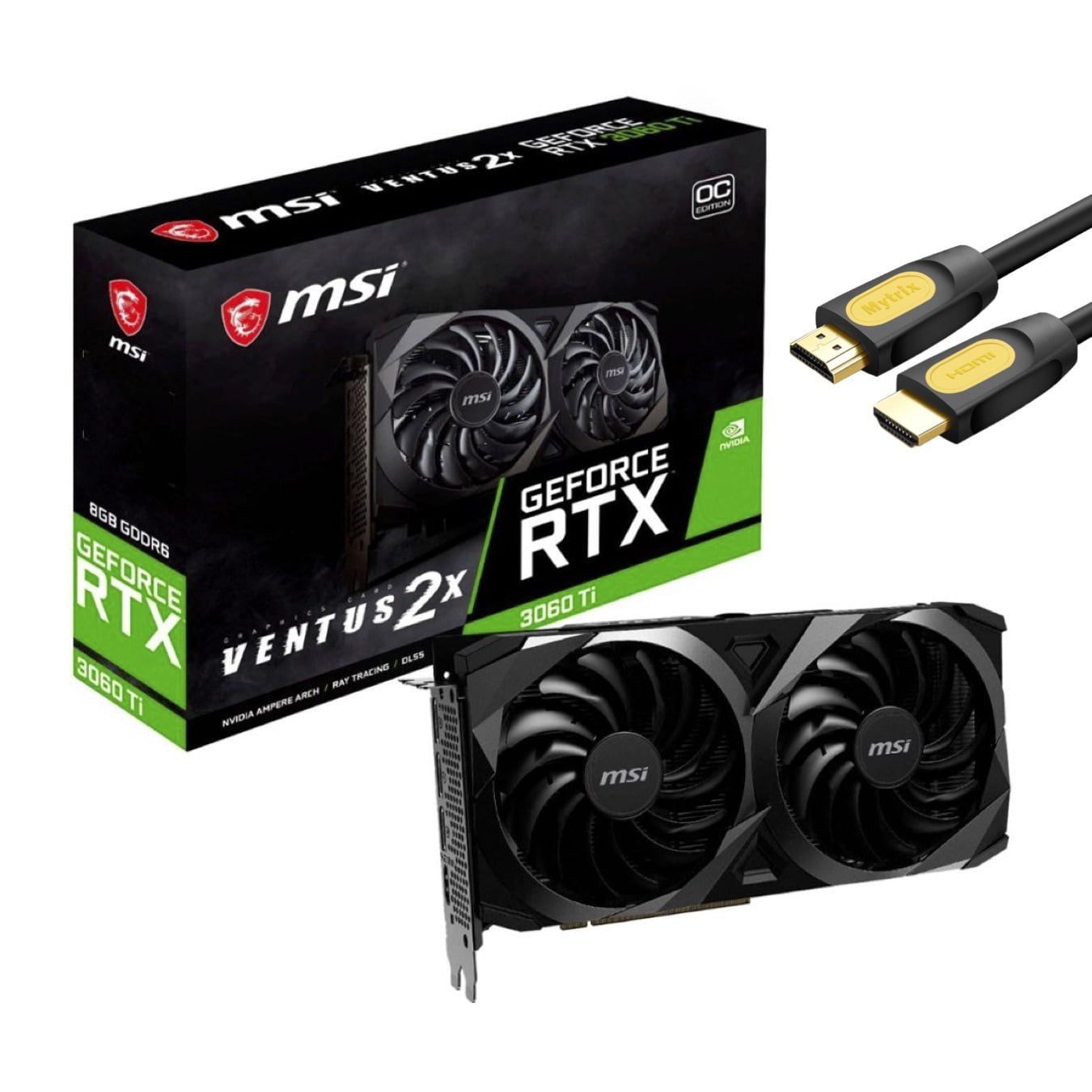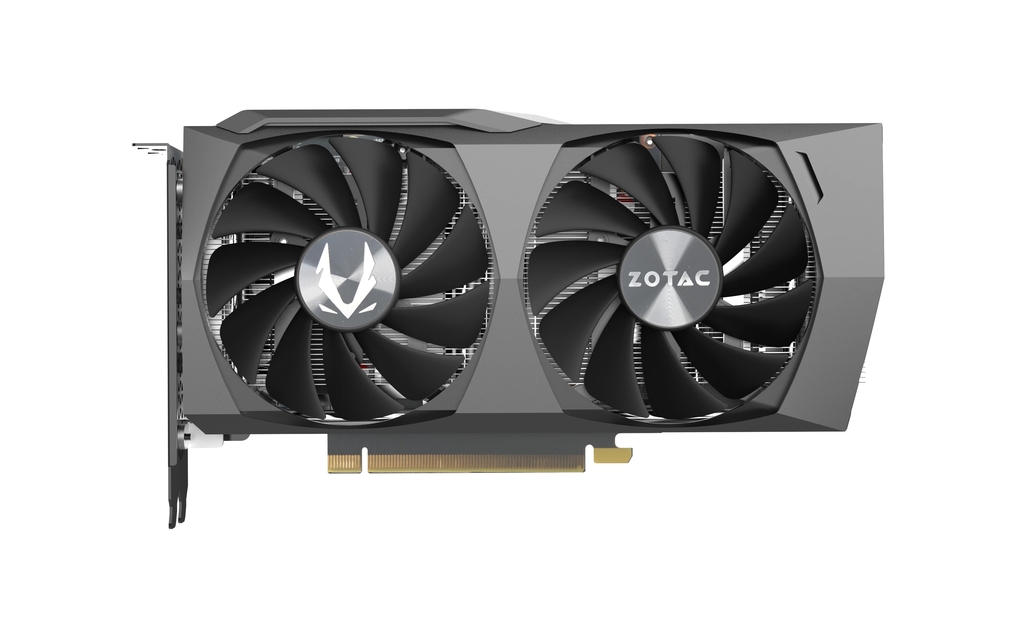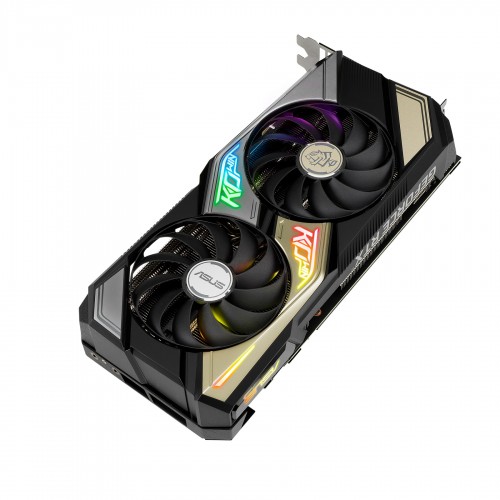

This card seems like a reasonable choice for mid-range machines that still want decent QHD performance.Īs the last powerful card among the RTX 30-series, the Nvidia GeForce RTX 3060 seems like a safe bet for users who want 1080p resolution and decent frame rates.

While the 3060 sports more memory, it's still generally not as powerful as the 3060 Ti. This sets it apart from both the RTX 3070 (5,888 CUDA cores, 8GB GDDR6 memory) and the RTX 3060 (3,584 CUDA cores, 12GB GDDR6 memory).

At $500, it’s an expensive component, but quite a bit less than either the 3080 or the 3090.Īs stated above, the Nvidia GeForce RTX 3060 Ti offers 4,864 Nvidia CUDA cores and 8GB of GDDR6 memory. I doubt it would be a 4K powerhouse, but I imagine it would clear 30 fps in most games easily. I can say from personal experience that I built the Tom’s Guide test rig with an Nvidia GeForce RTX 3070, and I’m extremely pleased with the way it runs games at QHD resolutions. Naturally, the 3070 is the most powerful the 3060 is the least powerful the 3060 Ti is somewhere in the middle. Now, the more difficult part: Comparing the 3070, the 3060 Ti and the 3060.

But if you have $2,000 or more to spend on a gaming PC, an RTX 3080 could be an integral part of it. You’ll also need a pretty high-end processor and lot of RAM to get the most out of it. It’s a very large card and draws a significant amount of power, so you’ll have to be sure that your case and your power supply can support it. Its GDDR6X memory gives it a significant leg up over the lower-end cards, as do its nearly 9,000 CUDA cores. If you can afford it, the Nvidia GeForce RTX 3080 is a pretty easy recommendation for high-end gaming systems in general. But unless you work in animation, it’s probably not worth the cost of entry. It’s a great card, and potentially quite future-proof. For that price, you could very conceivably build a whole machine with one of the lower-end cards, and still have enough left over for games and peripherals.įurthermore, the RTX 3090 is arguably geared more toward productivity users, with creative suite drivers and way more memory than most games need. While the GeForce RTX 3090 has a lot of power, $1,500 is still a tremendous amount of money. (Image credit: Nvidia) Nvidia GeForce RTX 30-series GPU recommendations Which one you should get, then, depends mostly on how hard you intend to push your PC, and with which programs. In other words: While the horsepower varies considerably among the Nvidia 3060, 3060 Ti, 3070, 30, they have a set of core capabilities in common. (What you’ll be able to do in 8K will no doubt vary significantly between, say, the 3060 and the 3090, but the potential is there.) Finally, they all support up to four monitors, if you’re really into productivity usage. And, in theory, they can all support screen resolutions up to 8K. They’re all VR-ready, and HDMI 2.1-compatible. Nvidia FreeStyle, ShadowPlay, Highlights, G-Sync and GPU boost work on all of the 30-series cards. They all support 2nd-generation ray tracing they all use the Nvidia Ampere architecture they all make use of Nvidia DLSS (sort of an AI upscaler for games). The good news is that for all of their differences, the five Nvidia GeForce RTX 30-series GPUs compared here have a plethora of features in common. Nvidia also has recommendations for how much overall power you’d need for a PC with each card installed, but we didn’t include that data here, since picking a power supply is a whole separate topic. In a nutshell, GDDR6X has more bandwidth than GDDR6 memory, and therefore (theoretically) has the capacity to run more demanding games at higher settings.įinally, Power Draw refers to how much power the GPU can draw, by itself, while operating under a full graphical load. A higher Boost Clock speed generally means better performance, but it's dependent on a lot of other factors, including your individual PC's hardware. There’s also a Base Clock stat, but Nvidia GPUs will draw extra resources while gaming, assuming you have a powerful system that's not otherwise occupied. Generally speaking, the more CUDA Cores a GPU has, the more complex data it can churn through quickly.īoost Clock refers to the maximum speed a GPU can achieve if it has the power available and is running cool enough. They work similarly to how a CPU works in your computer. Nvidia CUDA Cores refer to parallel data processing units within a GPU. To help you make sense of some of the more obscure terms above:


 0 kommentar(er)
0 kommentar(er)
